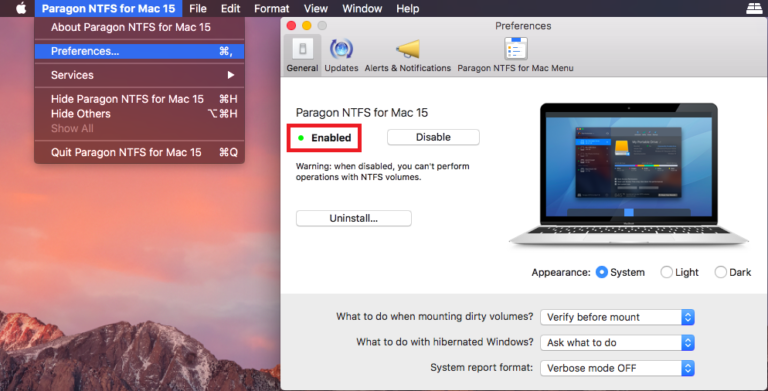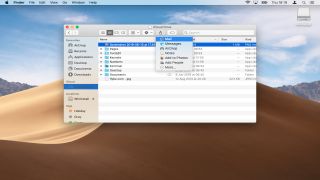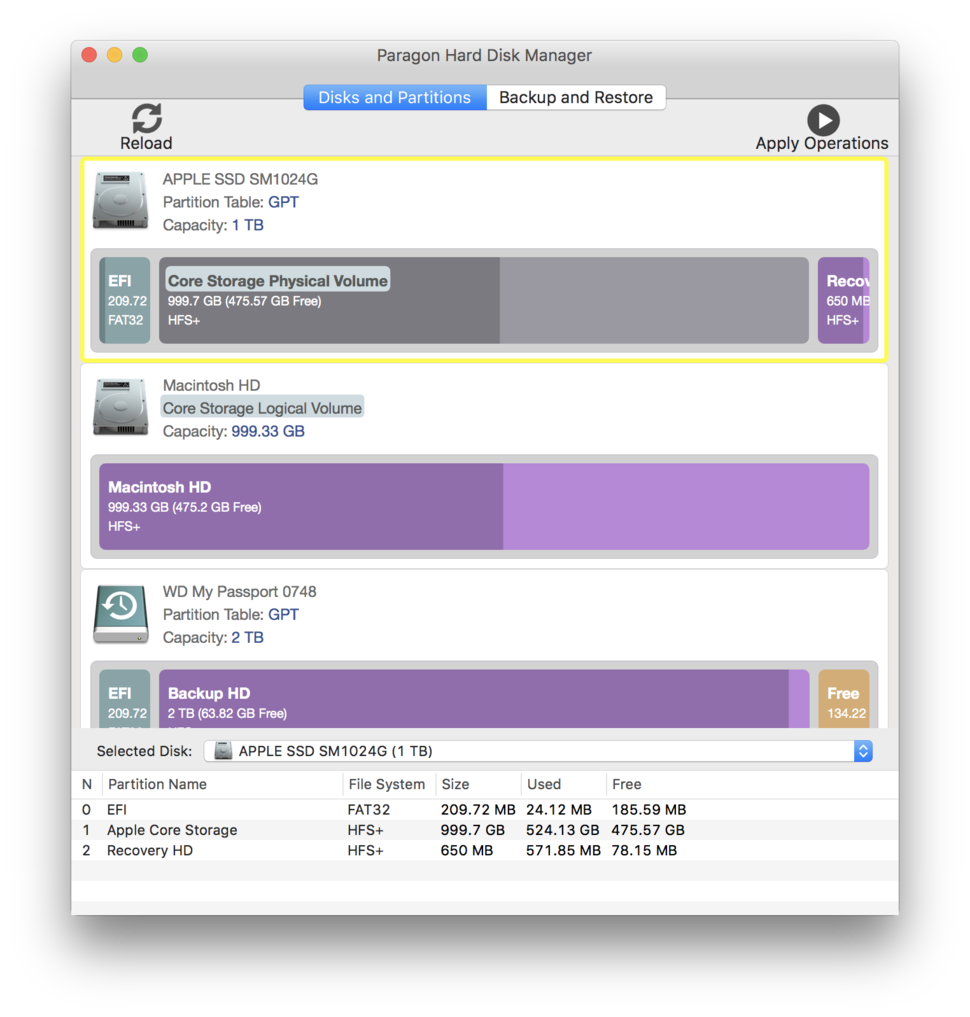
See if it appears on the desktop or in the Finder. Now, do the same for the drive and connect it to Mac carefully. Is the cable connecting your hard drive to the Mac wobbly at either end? If yes, do not force it as it may aggravate the problem. If it didn’t, don’t panic! Move on to the next one. In case the dongle is too hot, give it a few minutes to cool, and then try. Secondly, if you are using a USB-C dongle/hub, unplug it from your Mac and plug it into a different type-C port. Give it a few seconds and see if it is visible. But if you did not, unplug the drive from the current Mac’s USB port and plug it into another. This is a pretty common trick to solve such problems. If everything is fine here, move on to the next step. Secondly, some drives have two ports, and both must be plugged into the computer. The power they get from Mac’s USB port is sufficient.īut if you have a big hard drive that requires external power, ensure you satisfy that. Small hard drives, SSD, and pen drives might not require additional power. Make sure the drive is powered adequately If the options are already checked, move on to the next fix. Next, click ‘ Sidebar‘ and make sure ‘ External disks’ is checked.




Now that you know the basics, let’s look at the fixes. You will have to buy a new cable or contact a data recovery service like DriveSavers. Note: If it’s either of the last two, the mentioned fixes won’t work.


 0 kommentar(er)
0 kommentar(er)
